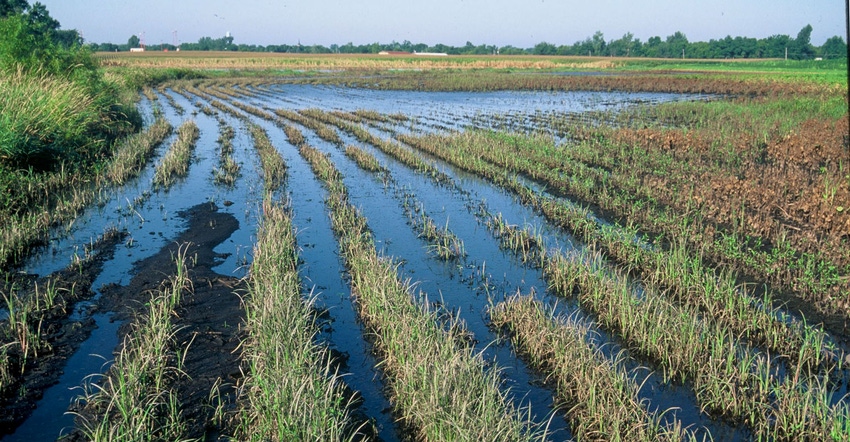November 3, 2020

Prairie potholes dot the landscape in the Upper Midwest. They are depressions in fields that fill with snowmelt and spring rain. And there’s a new option for managing these small, temporary wetlands on working cropland in the Prairie Pothole region.
The Prairie Pothole Water Quality and Wildlife Program, administered by the USDA Natural Resources Conservation Service, allows farmers to continue farming temporary wetlands and compensates them for maintaining the basins’ ability to hold water.
 COORDINATE CONSERVATION: Mary Podoll, North NRCS state conservationist, says a new wetland program is a “game changer.”
COORDINATE CONSERVATION: Mary Podoll, North NRCS state conservationist, says a new wetland program is a “game changer.”

“I believe it is a game changer for how agriculture and wildlife can work together on cropland acres,” says Mary Podoll, NRCS state conservationist in North Dakota.
Win for farmers, waterfowl
For Jim Tiegen, a farmer in Rugby, N.D., the Prairie Pothole Water Quality and Wildlife Program is easy to understand.
Teigen is paid every year whether the pothole is wet or dry, whether he plants the basin or goes around it. In years when a crop can be planted and harvested on the wetland, he is still compensated. The payment is for maintaining the wetland’s ability to hold water.
With extra conservation revenue, small wetlands can become the most profitable acres on the farm, he says.
The program is also a win for conservation and wildlife because potholes are preserved and will hold water naturally when there is run-off, says John Devney, Delta Waterfowl senior vice-president, Bismarck.
Small, temporary wetlands are key to preserving the nation’s duck populations, he explains, because they warm up faster than other bodies of water in the spring and provide an early source of food for migrating waterfowl.
If the weather remains wet into the late spring and summer, small basins provide superior nesting and brood raising cover for ducks. Ducks are territorial and spread out when breeding. Ten one-acre ponds will support 10 times as many breeding pairs as a 10-acre wetland, Devney says.
The small seasonal wetlands “are the heart of the nation’s duck factory,” he says.
Program details
The program is for the Prairie Pothole region in North Dakota, South Dakota, Montana, Minnesota and Iowa. Potholes on working land can be enrolled. They must be two acres or less in size. Landowners can sign up for one to five years.
The annual payment rate varies by region and number of conservation practices used. In North Dakota, the annual rate for the basic level of participation is $121 per acre. Higher rates are available if you plant cover crops, buffers and or implement other conservation practices.
Source: The North Dakota NRCS is solely responsible for the information provided and is wholly owned by the source. Informa Business Media and all its subsidiaries are not responsible for any of the content contained in this information asset.
You May Also Like




